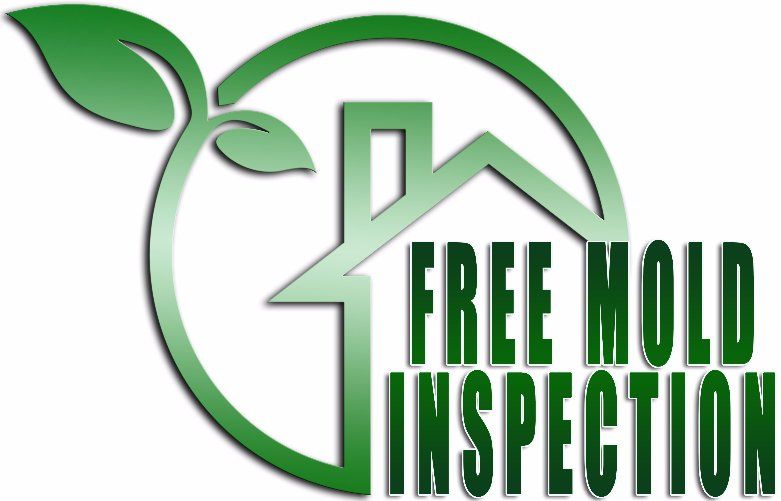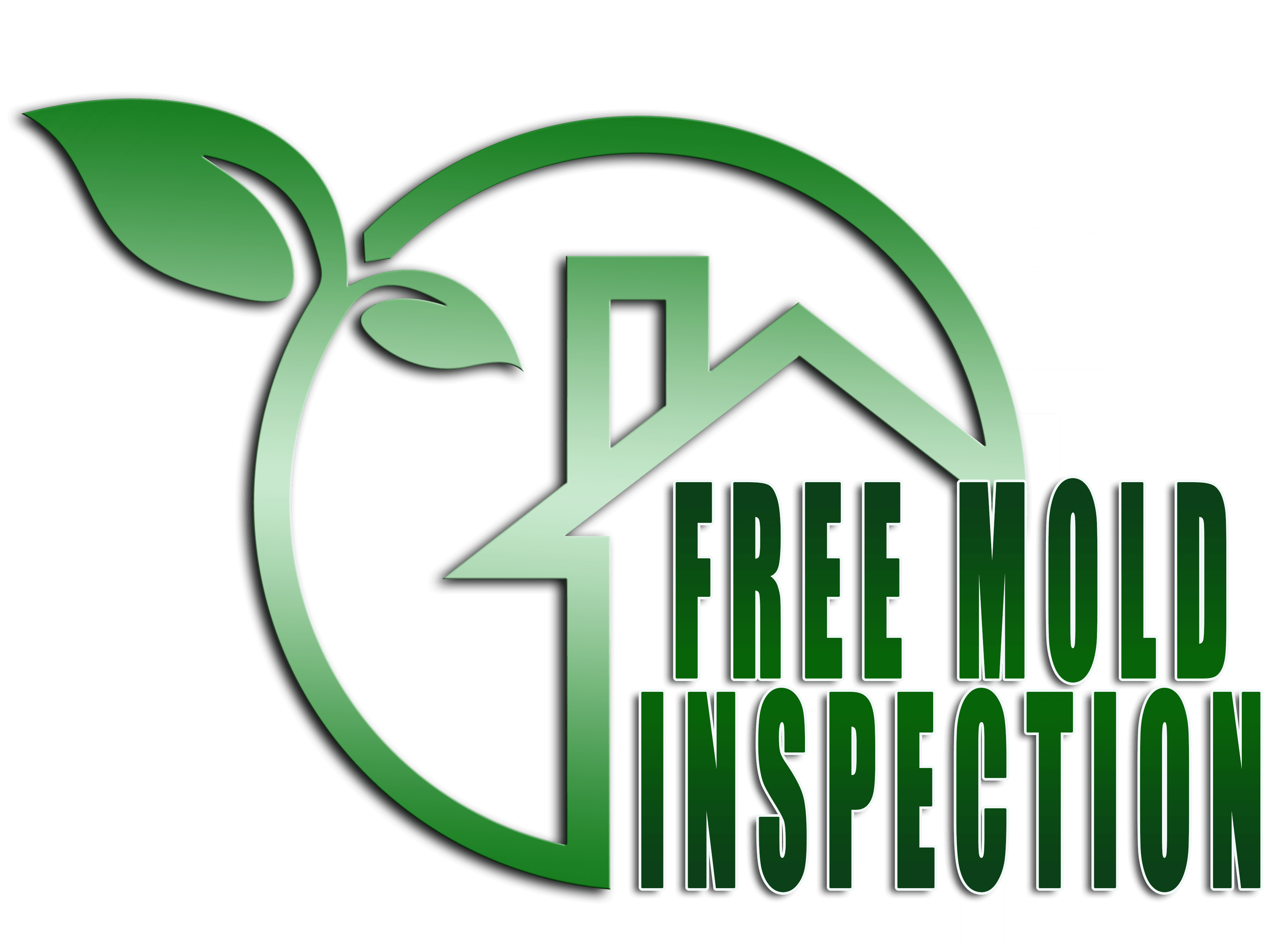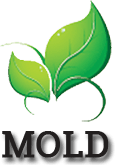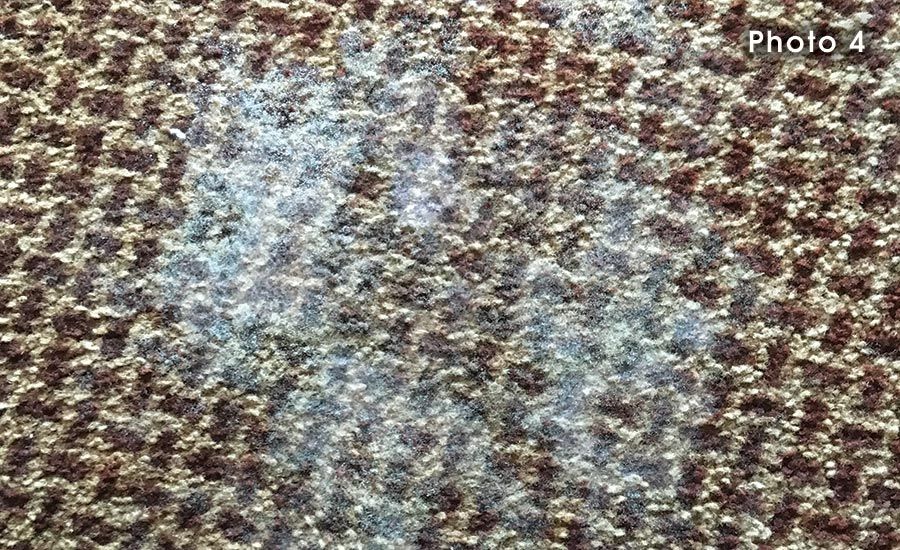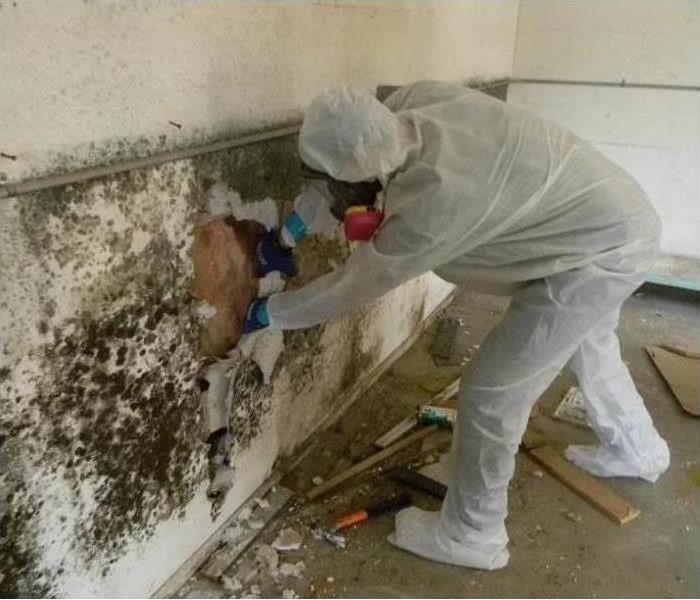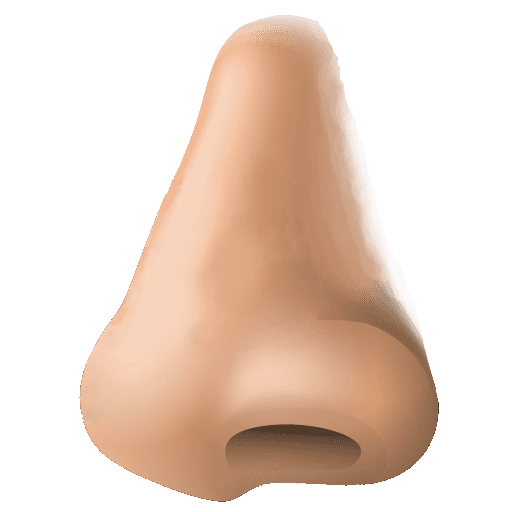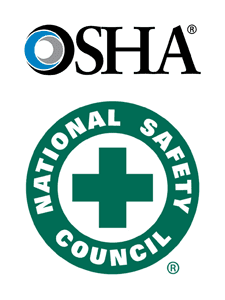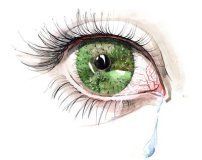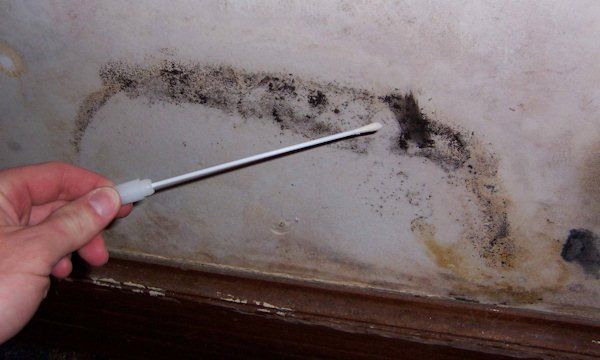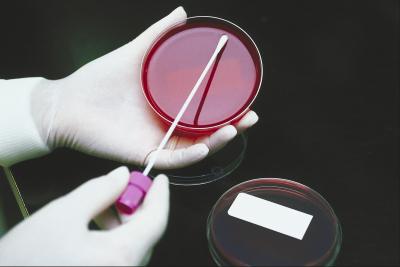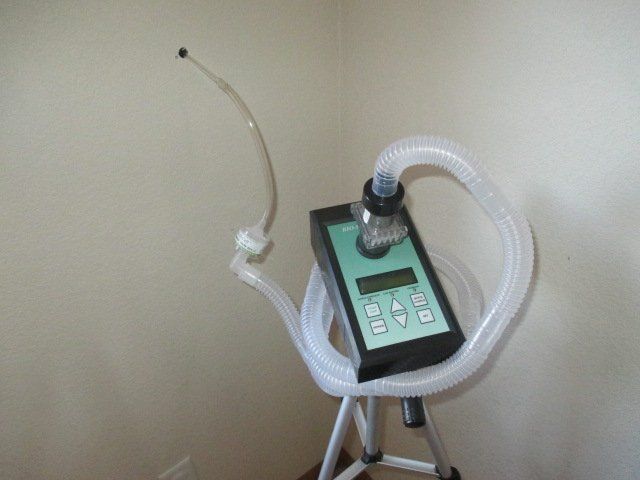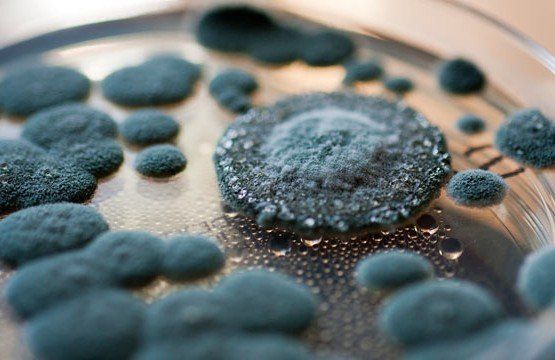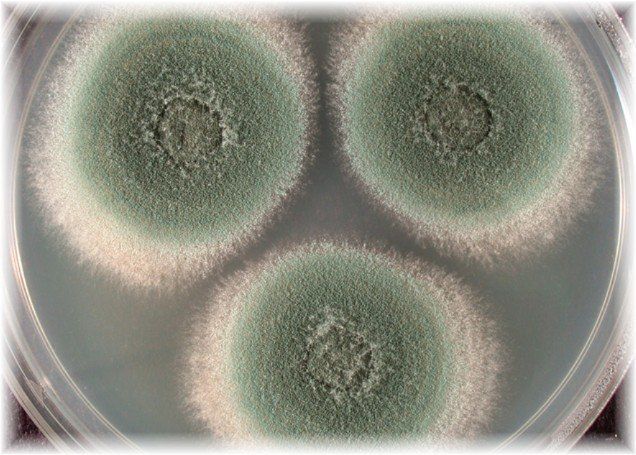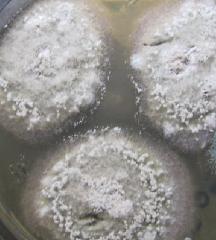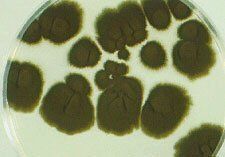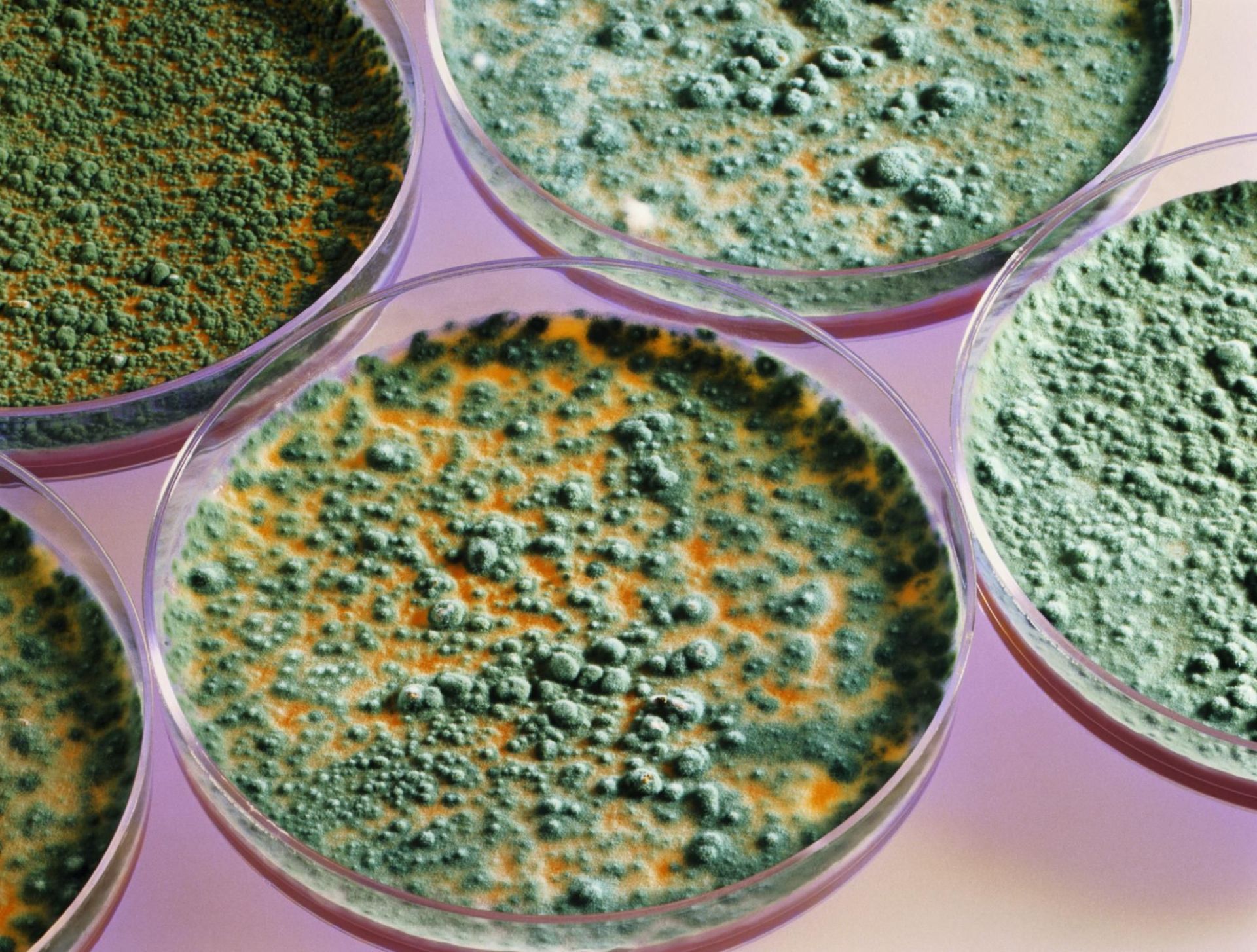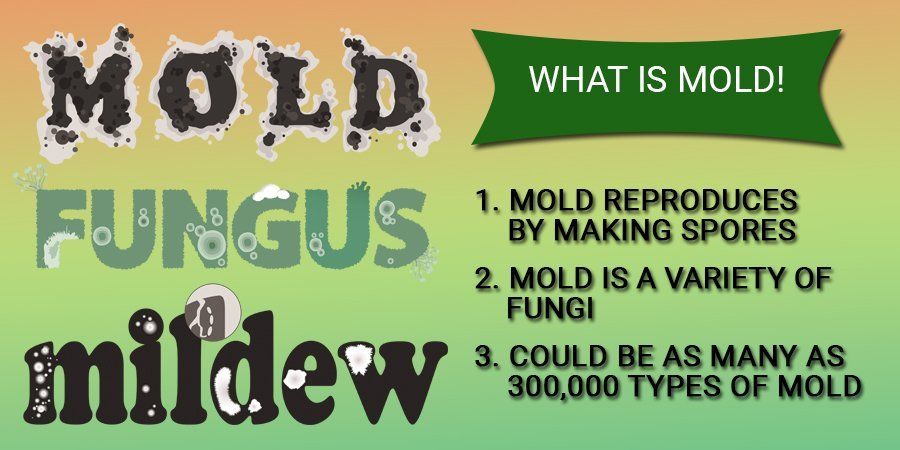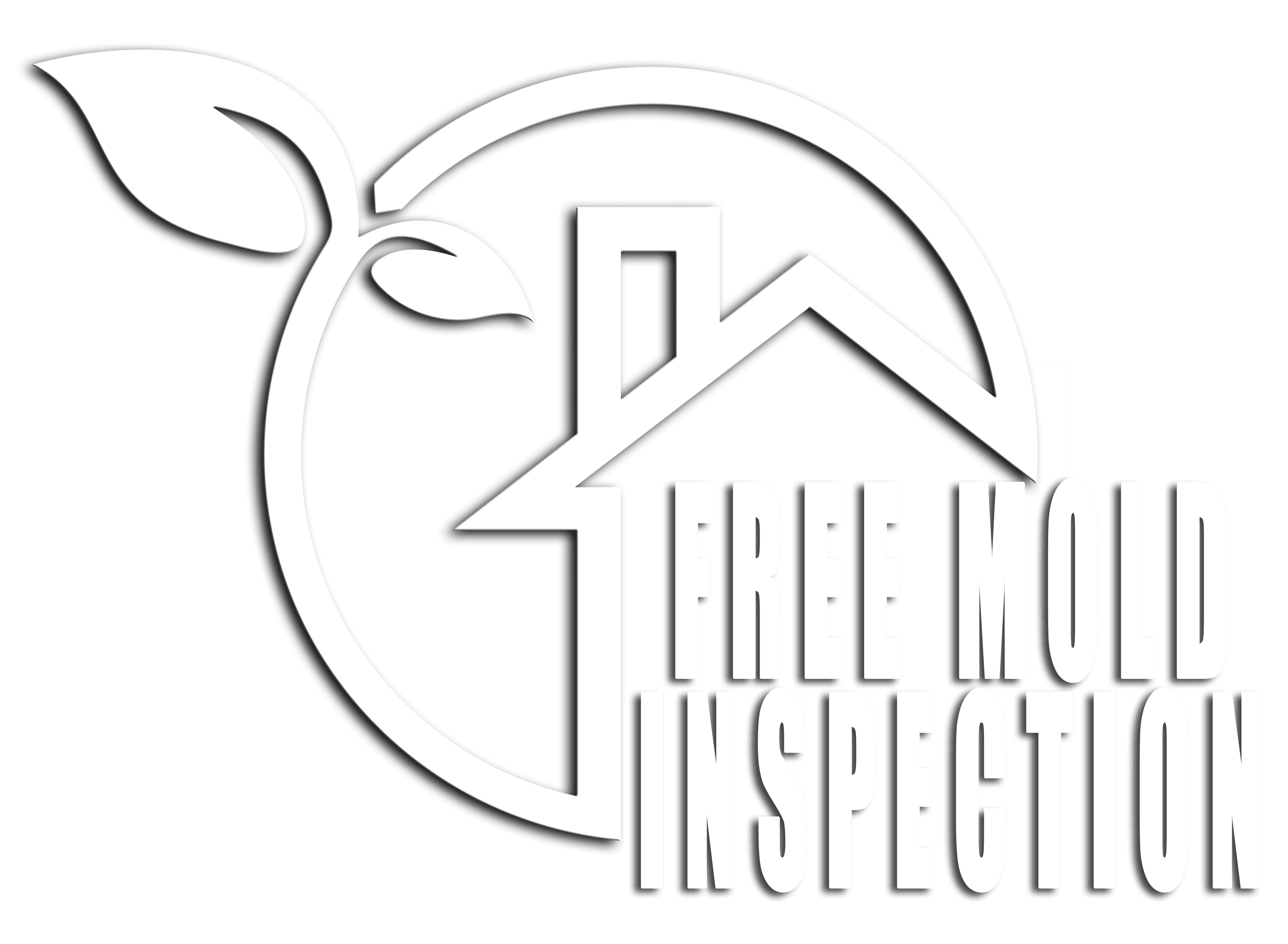Free Quote By a Mold Removal Specialist!
FREE MOLD INSPECTIONS - JUPITER
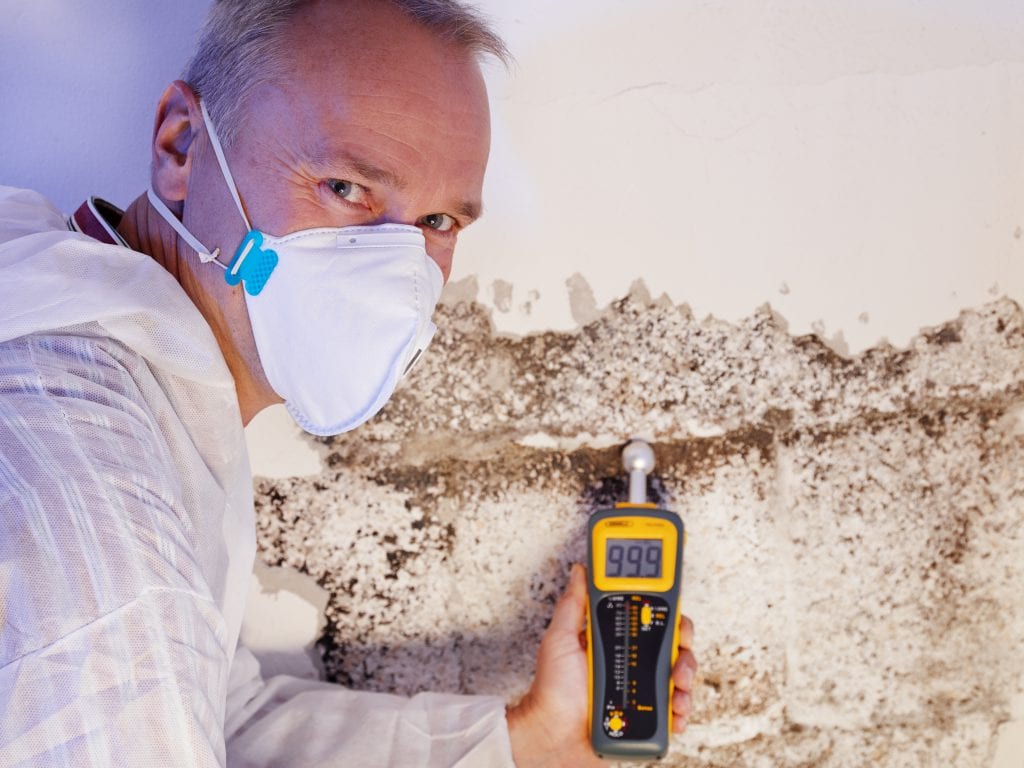
🦠 Why Choose Us for Free Mold Inspection?
🦠 Certified to work with ALL major insurance companies
🦠 Licensed, Bonded, Certified and Insured
🦠 State of the Art Equipment
🦠 Always speak to a live person
🦠 Owner Operated – Personal Service
🦠 Available 24 hours a day, 7 days a week
🦠
ICRC Certified Firm

561-567-7259
GET A FREE MOLD INSPECTION NOW
Don't risk your family's health call about our FREE Mold Inspection and get peace of mind knowing the air in your home is safe. Many companies charge hundreds of dollars just to check for mold, call us and get your mold inspection 100% FREE.
Insurance companies and landlords require proof of mold in your home before they will pay to remove it. If we find mold in our FREE Mold Inspection we can provide certified lab testing for mold so you have proof or your insurance of landlord that your home is NOT safe and needs to have all dangerous mold removed.
If you have elevated levels of mold in your home or business, hiring our professional team will help ensure the problem is handled correctly. Indoor mold growth can be harmful to one's health and must be handled properly.
Ask about assistance with making a claim on your home owners insurance, or ask about our cash discounts.
561-567-7259
GET A FREE MOLD INSPECTION NOW
Mold is commonly found in these areas:
Crawl spaces, Basements, Showers, Under sinks,
Attics, Around Windows, and Inside Walls
ATTIC MOLD
Testing for mold in the attic is a good place to start when checking your home for mold.
BASEMENT MOLD
Basements are typically damp and musty and are one of toxic molds’ favorite locations to grow.
BATHROOM MOLD
Mold loves water! Learn all the places mold can live in the bathroom and what to do to get rid of it.
CARPET MOLD
Carpet moisture can allow mold to creep up through the sub flooring causing big problems.
MOLD ON THE WALLS
Mold on your walls can spread throughout the home causing extensive damage and health problems.
MOLD ON WOOD
Unfinished and untreated wood that is exposed to moisture can allow for mold to grow.
MOLD INSPECTION - JUPITER
MOLD INSPECTION
Think You Have Mold?
561-567-7259
GET A FREE MOLD INSPECTION NOW
Mold Inspections, Mold Testing & Mold Removal Services
Don't put your family at risk of serious health problems from hidden mold in your home. When it comes to mold inspection, we are one of the biggest in the nation. Determining the source of ingrown mold is essential in successfully treating the problem. This is why we do an air and surface sample collection in order to determine the presence and source of the mold. Take advantage of our FREE Mold Inspections.
Contact Free Mold Inspections Today!
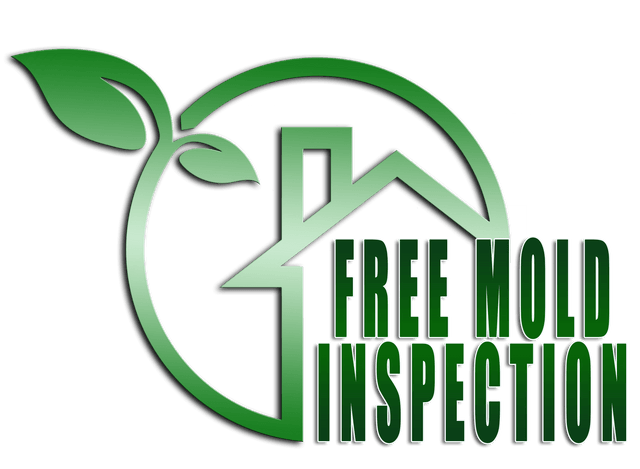
MOLD TESTING - JUPITER
MOLD TESTING
MOLD Types
MOLD REMEDIATION - JUPITER
MOLD REMEDIATION
GET HELP NOW!
If mold has invaded your property, contact us at once. Our mold remediation team has the tools and experience to assess your mold problem and recommend an effective solution for eliminating it.
What is the difference between Mold Abatement, Mold Mitigation, Mold Remediation and Mold Removal?
The terms mold abatement, mold mitigation, mold remediation, and mold removal are often used interchangeably, which means to get rid of or successfully treat mold. The main difference among these terminologies is in the process involved in trying to eliminate the mold. Molds are a natural part of our ecosystem, and really can't be totally eliminated. Since mold spores occupy all indoor and outdoor spaces, it is technically impossible to completely eradicate all molds – but is possible to control it’s growth.
Mold Abatement
Abatement means the lessening, reduction or ending of something, so Mold Abatement means the ending of mold or removing mold from your home or business.
Mold Remediation
The term Remediation means the action of remedying something, in particular of reversing or stopping environmental damage.
Mold Removal
Removal means the action of taking away or abolishing something unwanted. So, in short, we are removing the mold which is remediating the mold situation which is ending it, abatement.
561-567-7259
GET A FREE MOLD INSPECTION NOW
WHY CALL US FOR MOLD REMOVAL?
- Free Mold Inspections For Home Owners
- IICRC Certified
- Great Reviews Online
- Free Thermal Camera Inspection To Find The Source Or Cause Of Mold
- Certified Mold Testing Available
- 25 + Years Experience
Mold is commonly found in these areas:
Crawl spaces, Basements, Showers, Under sinks,
Attics, Around Windows, and Inside Walls
FAQ'S about MOLD
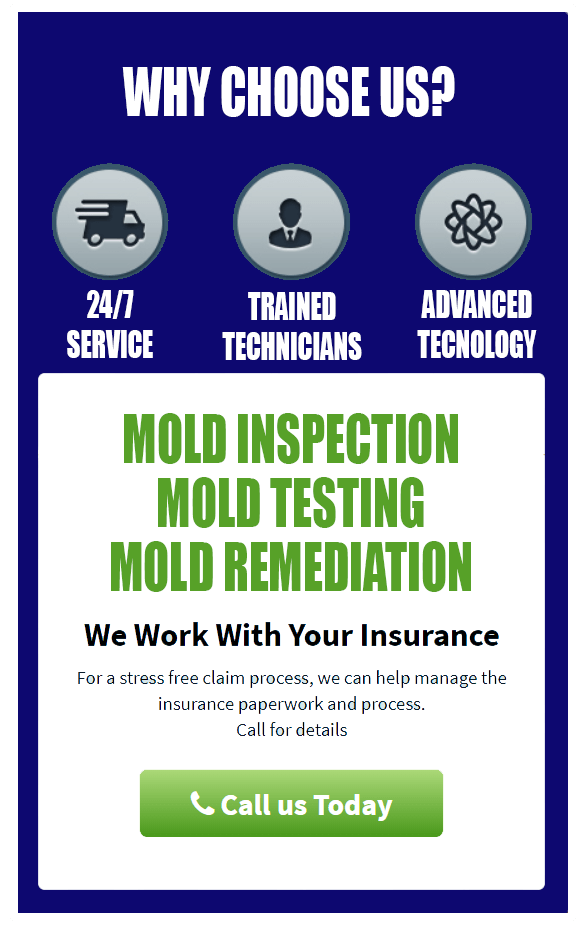
561-567-7259
GET A FREE MOLD INSPECTION NOW

Contact Us
These are just some of the insurance companies we work with!

Don't Delay! Mold growth could cause serious health issues!
